By Captain Floyd Harris USN (RET) VP-21 was relieved of combat duties at Shima Wan, Okinawa in early August 1945 and sent to Eniwetok, Marshall Islands. At Eniwetok, it was obvious that the squadron was brought back for something new and different. Many crates of cold weather type equipment and supplies were waiting for us.
By Captain Floyd Harris USN (RET)
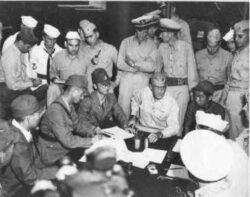 VP-21 was relieved of combat duties at Shima Wan, Okinawa in early August 1945 and sent to Eniwetok, Marshall Islands. At Eniwetok, it was obvious that the squadron was brought back for something new and different. Many crates of cold weather type equipment and supplies were waiting for us. The Material Department started issuing arctic clothes to all hands. The Maintenance Department and FASRON started doing things to the PBM-5’s such as installing rubber leading edge deicer boots and various other heater and de-icing equipment. I hadn’t seen this kind of equipment since I first went to Norfolk as a new ensign in 1942 and reported to VP-202, which had PBM-3 Ds before they were stripped to become the PBM-3s. Al1 this activity was incongruous with the setting of the hot and humid tropics. As it turned out VP-21 was slated for duty with COM NOR PAC and the invasion of the Kuriles and Northern Japan, and winter was not far away! By the way, I still have my knee length heavy alpaca lined overcoat with hood. It’s been great for forty years for duck hunting, skiing, etc. — even though it weighs 14 pounds.
VP-21 was relieved of combat duties at Shima Wan, Okinawa in early August 1945 and sent to Eniwetok, Marshall Islands. At Eniwetok, it was obvious that the squadron was brought back for something new and different. Many crates of cold weather type equipment and supplies were waiting for us. The Material Department started issuing arctic clothes to all hands. The Maintenance Department and FASRON started doing things to the PBM-5’s such as installing rubber leading edge deicer boots and various other heater and de-icing equipment. I hadn’t seen this kind of equipment since I first went to Norfolk as a new ensign in 1942 and reported to VP-202, which had PBM-3 Ds before they were stripped to become the PBM-3s. Al1 this activity was incongruous with the setting of the hot and humid tropics. As it turned out VP-21 was slated for duty with COM NOR PAC and the invasion of the Kuriles and Northern Japan, and winter was not far away! By the way, I still have my knee length heavy alpaca lined overcoat with hood. It’s been great for forty years for duck hunting, skiing, etc. — even though it weighs 14 pounds.
Just as the squadron was getting well under way with the winterization program, Hiroshima and Nagasaki occurred and the Emperor threw in the towel. However, the cold weather gear did prove most useful since we did report in September to COM NOR PAC and the squadron operated for several months at Ominato in Northern Honshu, and it was cold.
A few days after Japan surrendered, the Commander of the Marshall Gilbert Area gave VP 21 the surrender terms to be dropped on Wake Island. The island had been in Jap hands since John Wayne’s last F3F went inoperative. There were three copies of the terms signed by R. Adm. William K. Harrill, which were shrouded in heavy canvas pouches weighted so time their trajectory would be predictable. I guess it was crew number 4’s turn for the next flight because the first thing I knew I was in the Operation’s Air Intelligence quonset hut for a briefing and given the custody of the three packets containing the surrender terms. Lt. Roy Buehler and his crew were to fly the buddy PBM. We took off from Eniwetok the morning of August 28, 1945.
Wake Island had long been leapfrogged by the Pacific fleet in its drive towards the Japanese homeland. It was one of dozens of islands in the Pacific that still had many enemy troops remaining on them but little offensive capability remaining. Wake had a special interest however, because it was a U. S, territory before the war, had been a Pan Am Boeing Clipper base in the ‘30’s and of course the valiant stand by the Marine Detachment (and John Wayne) against the Japanese invaders. It had become a training target for the carrier air groups to sharpen up prior to combat and support of the landings farther west such as the Marianas, Palaus, Philippines, Iwo and Okinawa. However, somehow the enemy still had ammo enough to make it hot for any plane that got too close
It is understandable that the two big targets (PBM’s) approached the island cautiously, since we were not sure whether, they had been cut in on what Hirohito had ordered. We circled the island closer and closer, but couldn’t see any sign of life. We had no way of contacting them. Finally, after much caution, I told Ray Buehler that I was going in and drop a packet at the junction of the two runways. All gun stations were manned and Ordinanceman Jones was stationed at the port waist hatch armed with the surrender missile in hand. I made an approach to a runway, about #30, and let down to about 50 Feet. As we got closer the scars of hundreds of bomb hits clearly showed, but we were astounded to see that apparently each had been filled in and smoothed with packed coral. Apparently, the Japanese had been waiting in vain for the reinforcements that never came.
The missile landed at the junction of the runways and I pulled up and started circling. Very soon, several soldiers appeared from nowhere and ran out to pick up the packet. Our orders were to wait as long as possible for an answer. The terms dropped specified making a white cross at the junction of the runways. It was also specified that they could communicate through another Japanese-held island, Mille (in the Marshalls), which had already surrendered.
We had lots of fuel so we circled and circled and things got duller and duller. We could not see any sign of life other than the surrender terms pick-up. Finally Buehler called and said, “Why don’t we practice touch and go landings in the lagoon?” I immediately bought the idea and started an approach, but he was closer to the wind line and beat us in for a landing. I think it is safe to say that Lt, Roy Buehler and his crew made the first American aircraft landing at Wake for more than three years. However, crew #4 made the second!
After over 3 hours of waiting, even touch and go got dull. Then, we saw some activity on a narrow bridge that connected two of the low sandy coral islands that make up Wake and letters became legible. They laid white strips or panels that formed the words, “TO MILLE”. This was all we needed to know and 11.9 hours after take-off, we landed back at Eniwetok.
A few days later, we flew over Tokyo Bay and the USS Missouri, where Gen. MacArthur signed the peace terms, on our way to Ominato and another chapter of VP 21’s varied history.
What happened to the other two surrender packets? Souvenirs, of course. I have one and co-pilot (then), Ens. John, P. Blair has the other.
More articles are found in the Spring 2012 MMA Newsletter.
Huge Gap in VP-22 History / Kenneth D. Landriau, Ltjg, USNR – Retired
OFFICIAL RECORD: Third VP-43 / Dictionary of American Naval Aviation Squadrons – Volume 2, by Michael D. Roberts
P-8 and Others Possible Inclusion in Mariner-Marlin / W. J. “Jack” Overman, Jr. – CDR USN Ret
Sand Dunes and Barnacles / Harry E. Belflower (VP-46), 19 February 2012
Kwajalein Takeoff / Harry Belflower
The Japanese Surrender of Wake Island / By Captain Floyd Harris USN (RET)
PBM Purple Heart / Phil Reynard
Annual membership in the Mariner/Marlin Association entitles members to receive four issues of the Newsletter.
Click here to find out how to become a member.
3 comments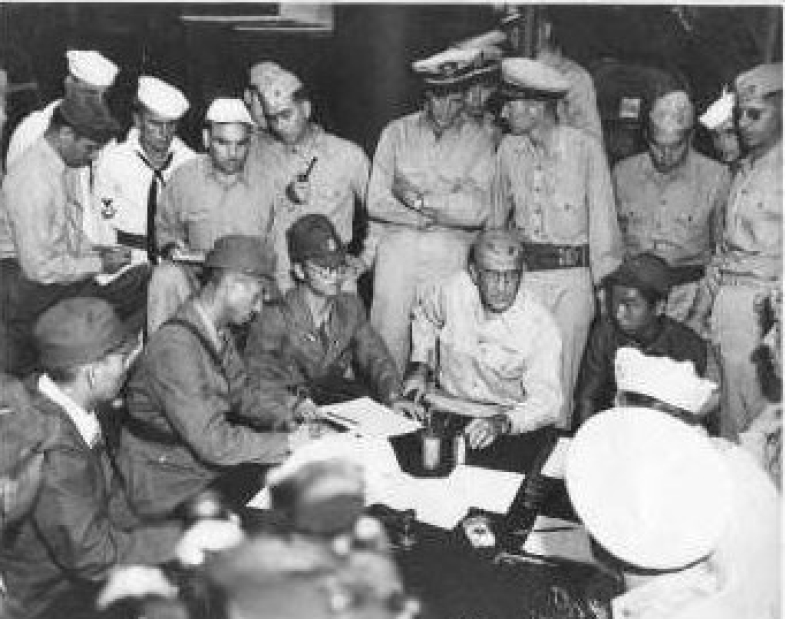
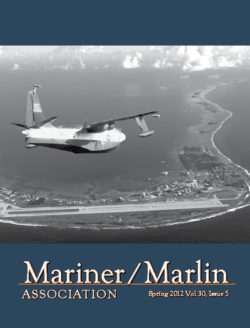
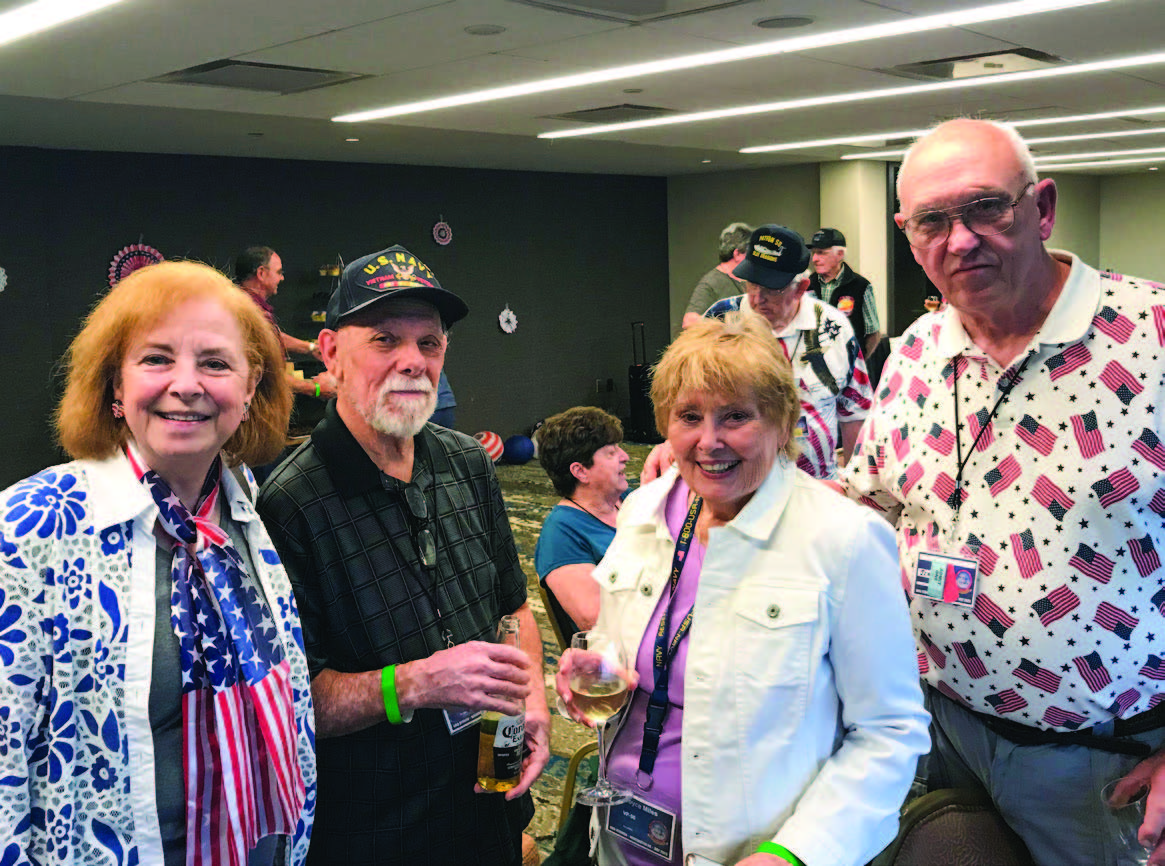
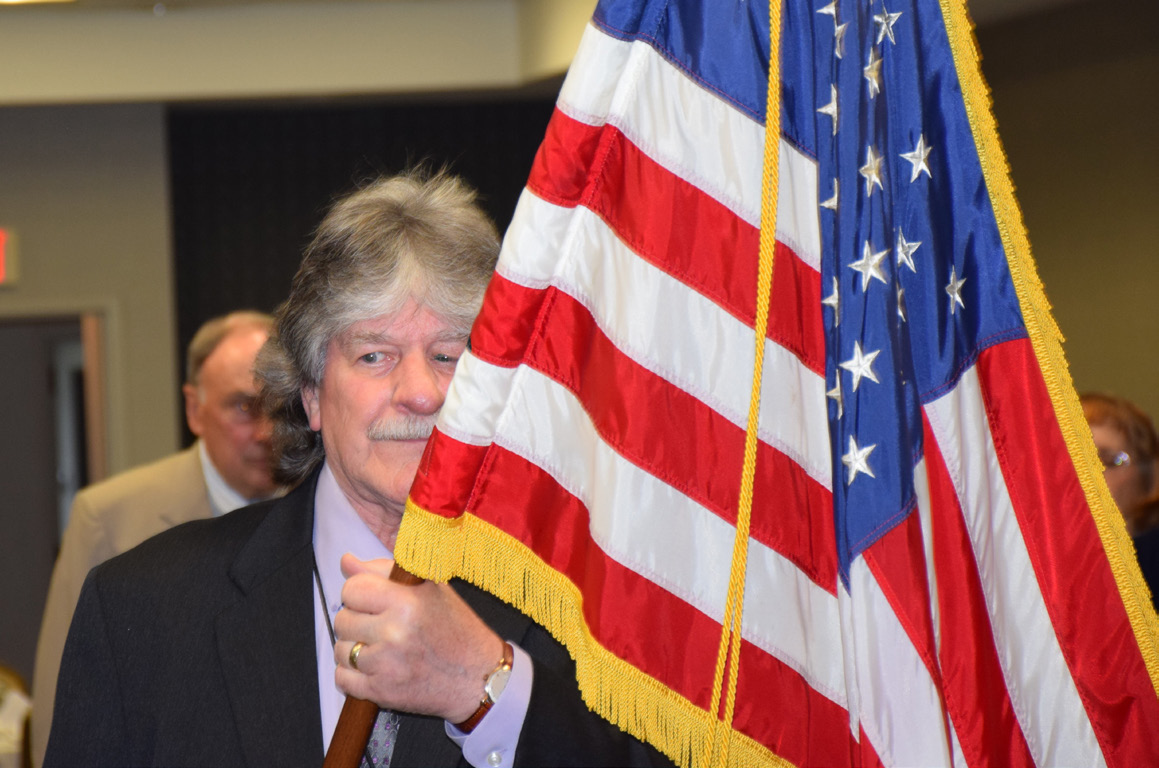
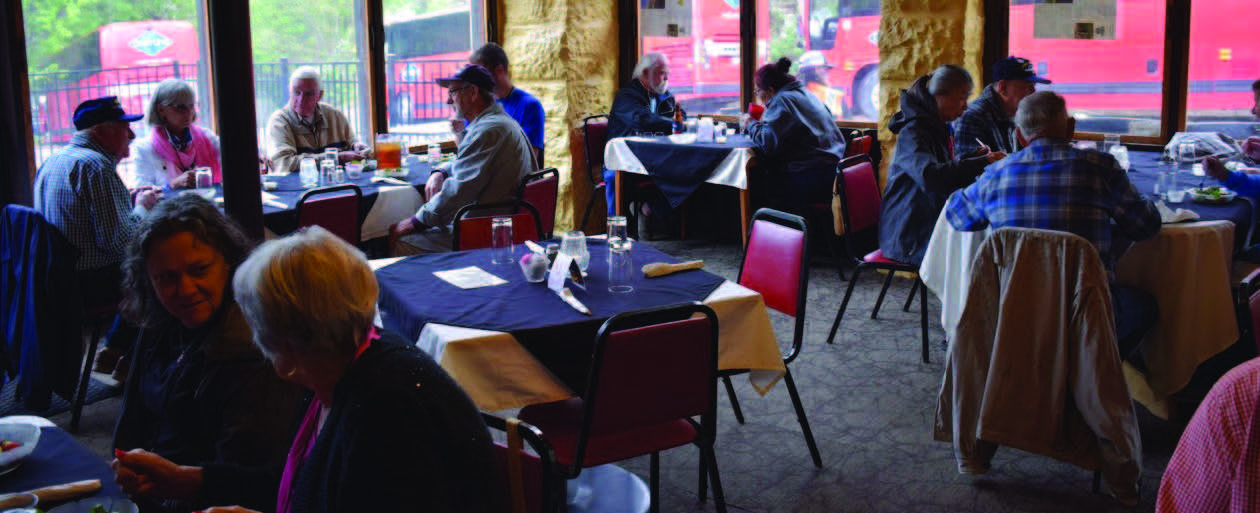

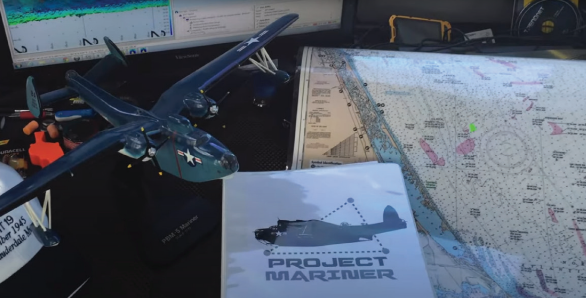

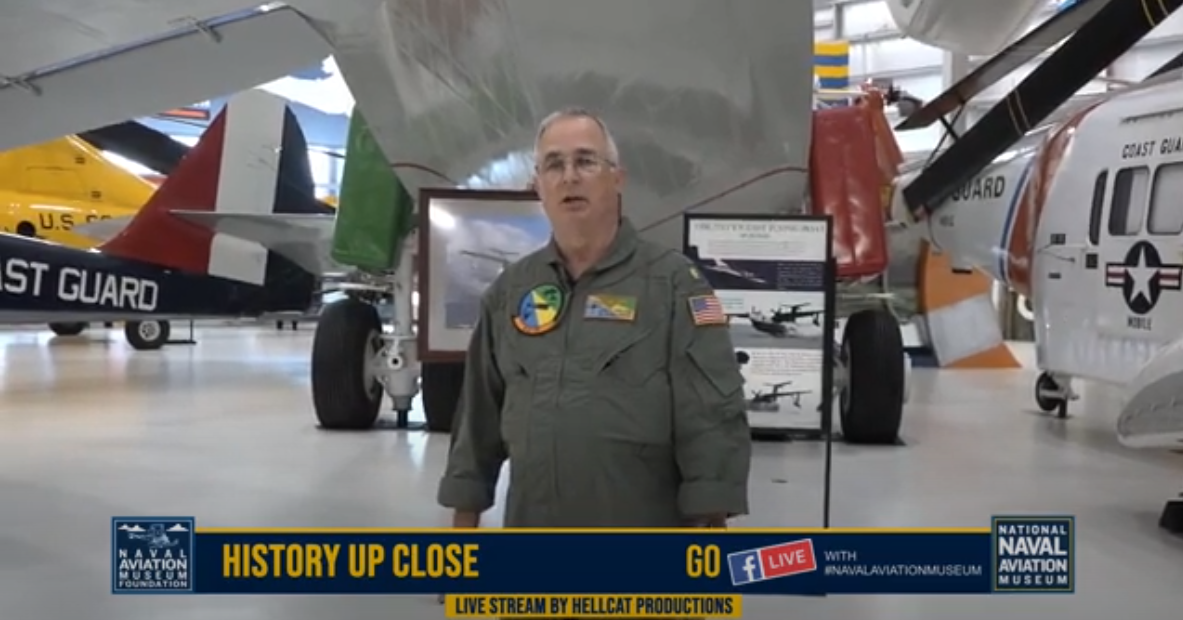
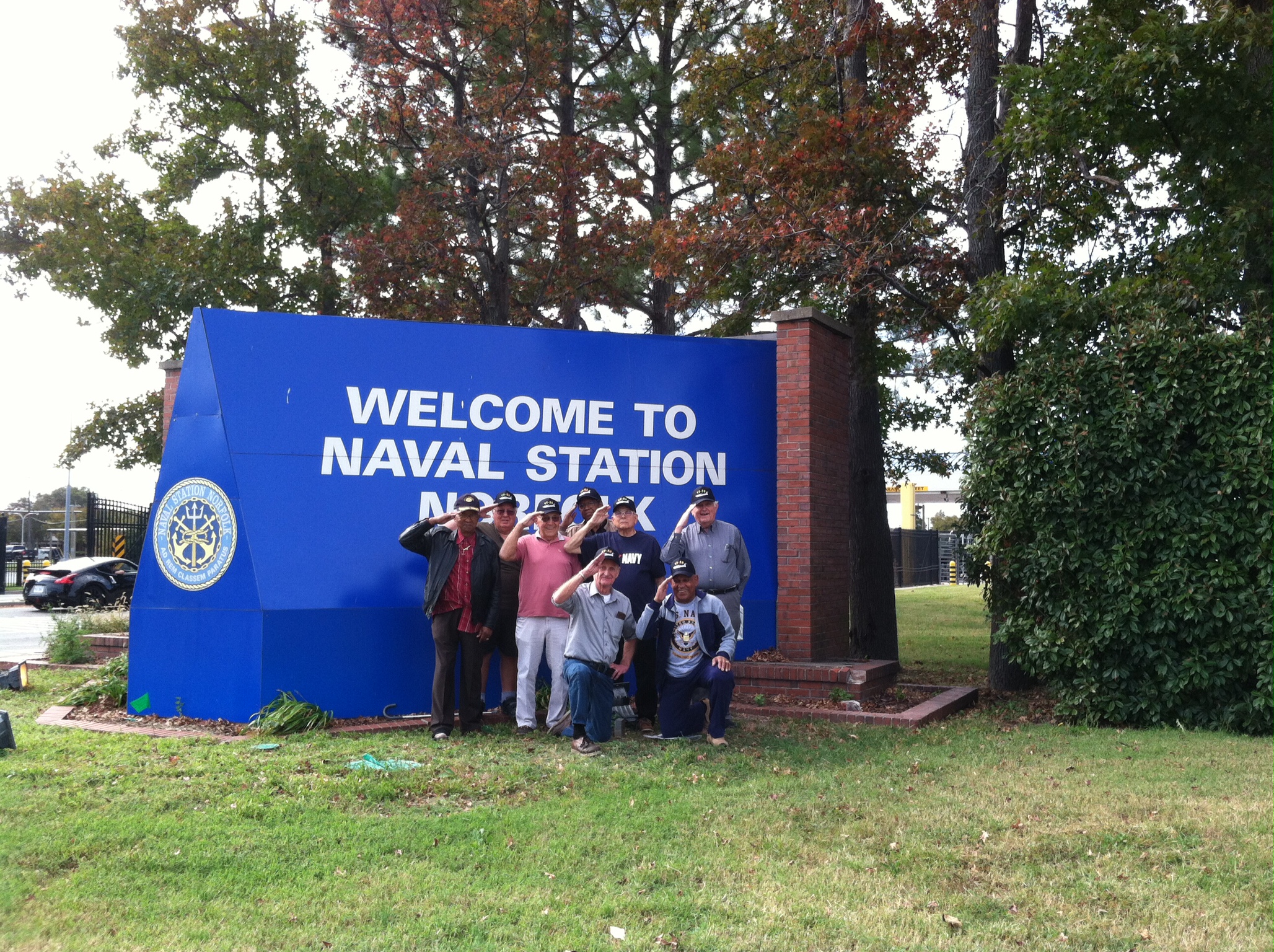
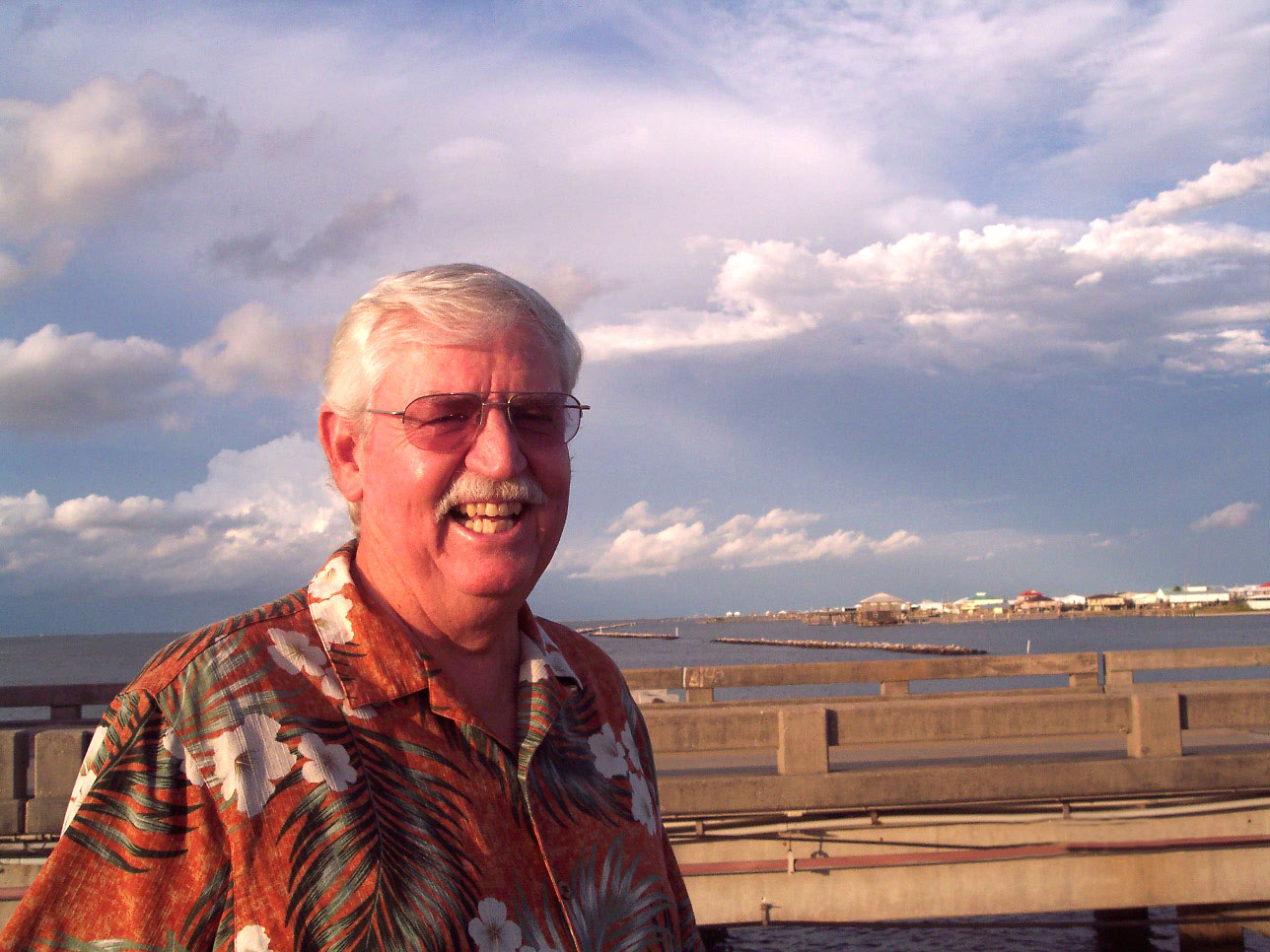
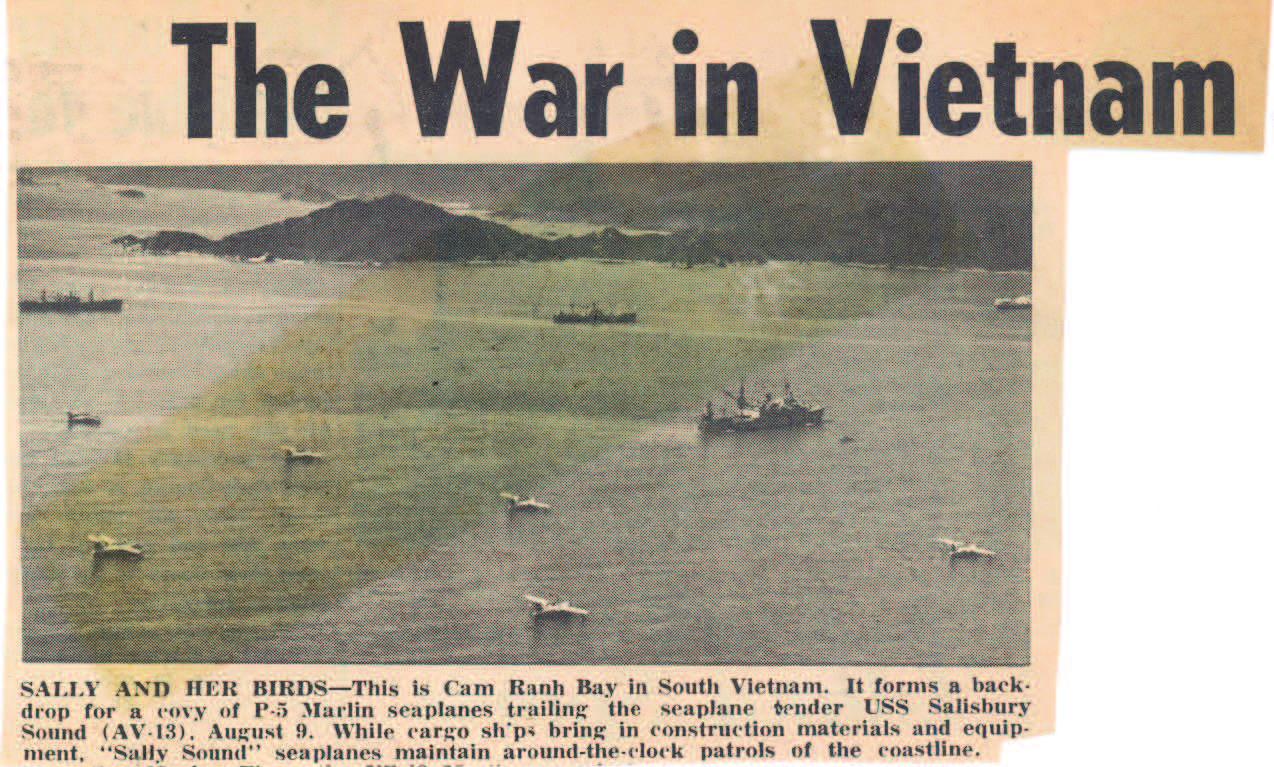
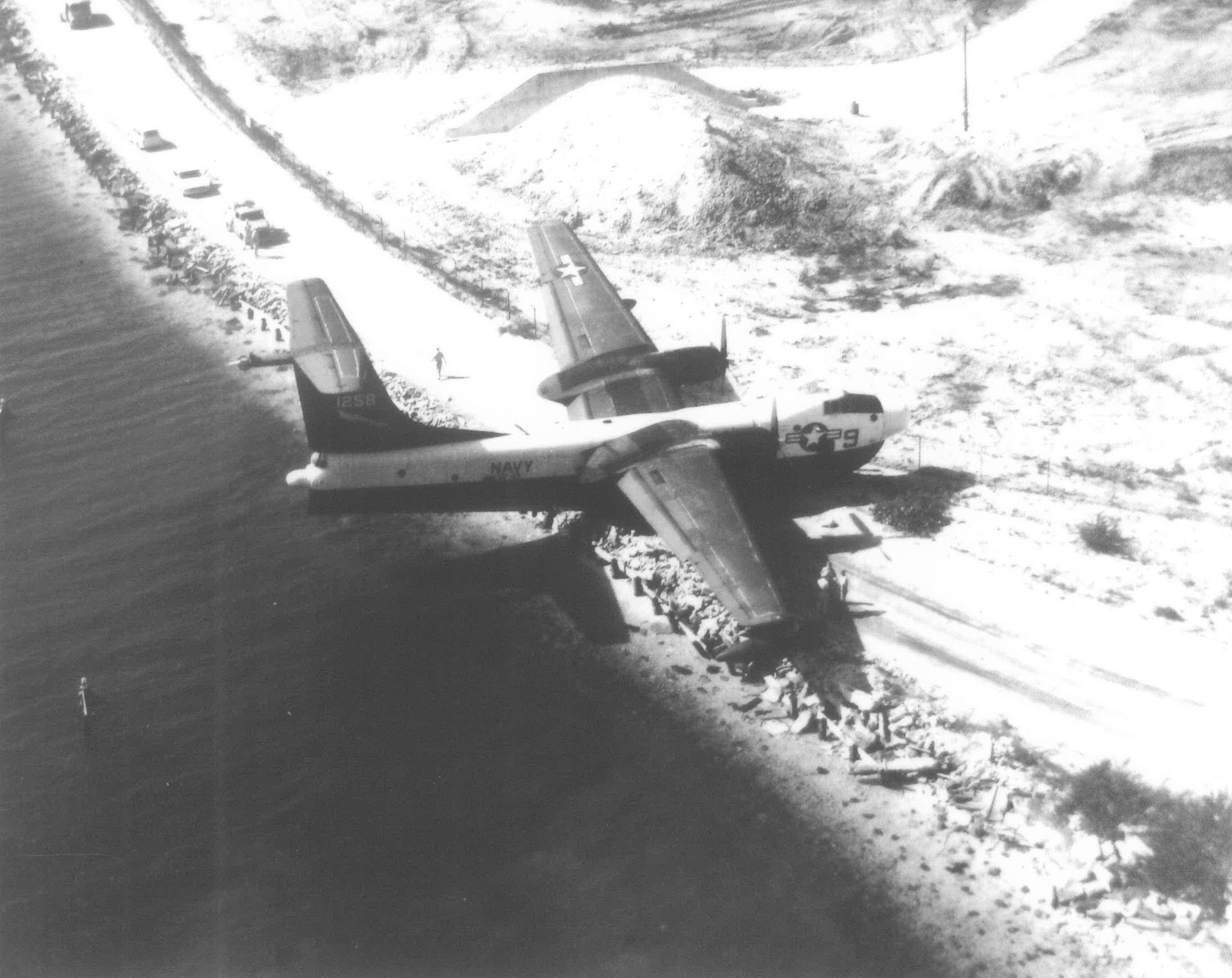
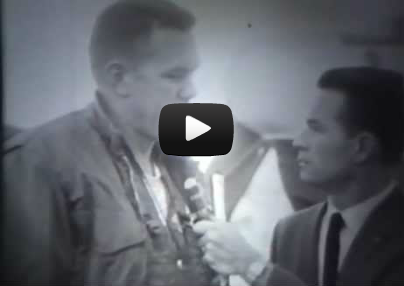
3 Comments
Lance T Kepler
March 24, 2014, 12:06Trying to find the story and pictures of the japanese surrender at Wake Island 1945.
REPLY7th SEPTEMBER 1945 WW2 JAPAN SURRENDERED US MARINERS ON WAKE ISLAND | Shivaji Raje
September 8, 2015, 01:41[…] The Japanese Surrender of Wake Island […]
REPLY(CAPT) Barry C. Kelso
September 4, 2018, 18:48My uncle Orval Allen Kelso was taken captive on Wake Island, he was working as a civilian worker working as a power plant operator. He was taken to Sasebo, Japan and was helping to build the SOTO DAM. He died on April 8, 1943, just days after his fortieth birthday. He is buried at The National Cemetery of the Pacific. In 2007 he was given the rank of E4 in the Navy, then in 2011, he received the prestigious Purple Heart for wounds that he had received as a POW.
REPLY